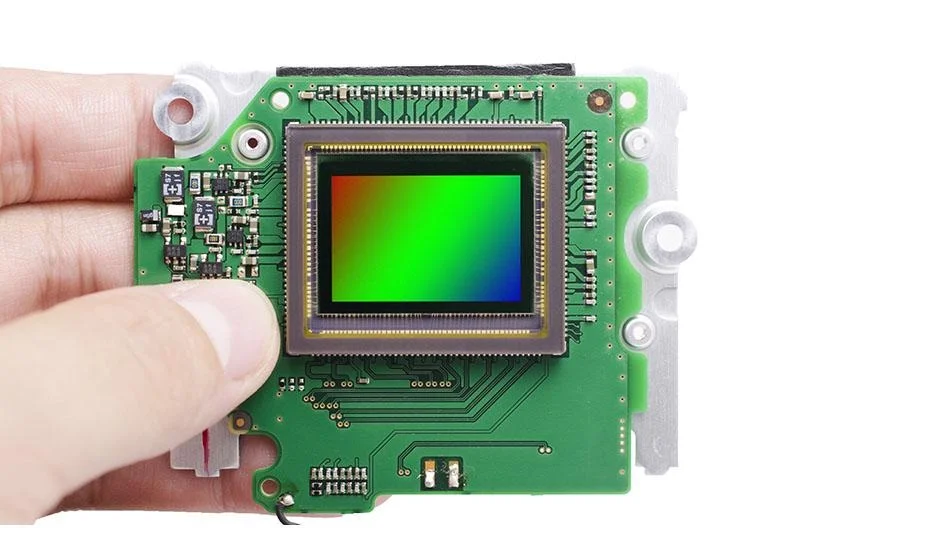
📸 The Evolution of Image Sensors: From CCD to CMOS and Beyond 🚀
🌟 Introduction
Welcome, corporate professionals! In today's fast-paced digital world, image sensors are the unsung heroes behind every stunning photograph and high-definition video. But have you ever wondered how these tiny chips evolved to capture the world in such vivid detail? Let's dive into the fascinating journey of image sensors, from the early CCDs to the modern CMOS, and what the future holds for this technology.
📚 A Brief History Lesson
🕰️ The Dawn of CCDs
In the late 1960s, scientists at Bell Labs invented the Charge-Coupled Device (CCD). These sensors were revolutionary because they could efficiently convert light into electrical signals. CCDs became the dominant technology in the 1970s, used in everything from camcorders to digital cameras. However, they had their drawbacks, such as high power consumption and the need for mechanical shutters.
🔄 The Rise of CMOS
Complementary Metal-Oxide-Semiconductors (CMOS) were initially overshadowed by CCDs. But in the 1990s, advancements in semiconductor technology made CMOS more appealing. They consumed less power, were cheaper to produce, and could be integrated with other systems, making them ideal for mobile devices.
📈 The Disruptive Shift
📱 The Smartphone Revolution
The real game-changer came when mobile phone makers started adopting CMOS sensors in 1999. The advent of smartphones like the Nokia N95 and the iPhone further accelerated the development of CMOS technology. Today, smartphone applications account for up to 70% of the modern CMOS image sensor market.
🎯 The Downfall of CCDs
By 2014, CMOS had improved so much that even Sony, a leading CCD manufacturer, shifted its focus entirely to CMOS. This marked the end of an era for CCDs, which are now mostly relegated to specialized applications.
🤔 The Challenges Ahead
📏 Shrinking Pixel Sizes
As the demand for higher resolutions grows, the industry faces the challenge of shrinking pixel sizes without increasing noise. Companies like Omnivision are already pushing the boundaries by announcing a 0.56-micrometer image pixel.
🛠️ Maintaining Signal-to-Noise Ratio
As pixels get smaller, maintaining a good signal-to-noise ratio becomes increasingly difficult. This is one of the major challenges that the CMOS image sensor industry is currently grappling with.
🌠 The Future is Bright
The relentless pursuit of better image quality and higher resolutions ensures that the CMOS image sensor industry will continue to innovate. Whether it's in your smartphone, your car, or even in medical equipment, these tiny chips will continue to capture the world in ever-increasing detail.
🎉 Conclusion
From the bulky, power-hungry CCDs of the past to the sleek, efficient CMOS sensors of today, the evolution of image sensors is a testament to human ingenuity. As we look to the future, one thing is clear: the best is yet to come.